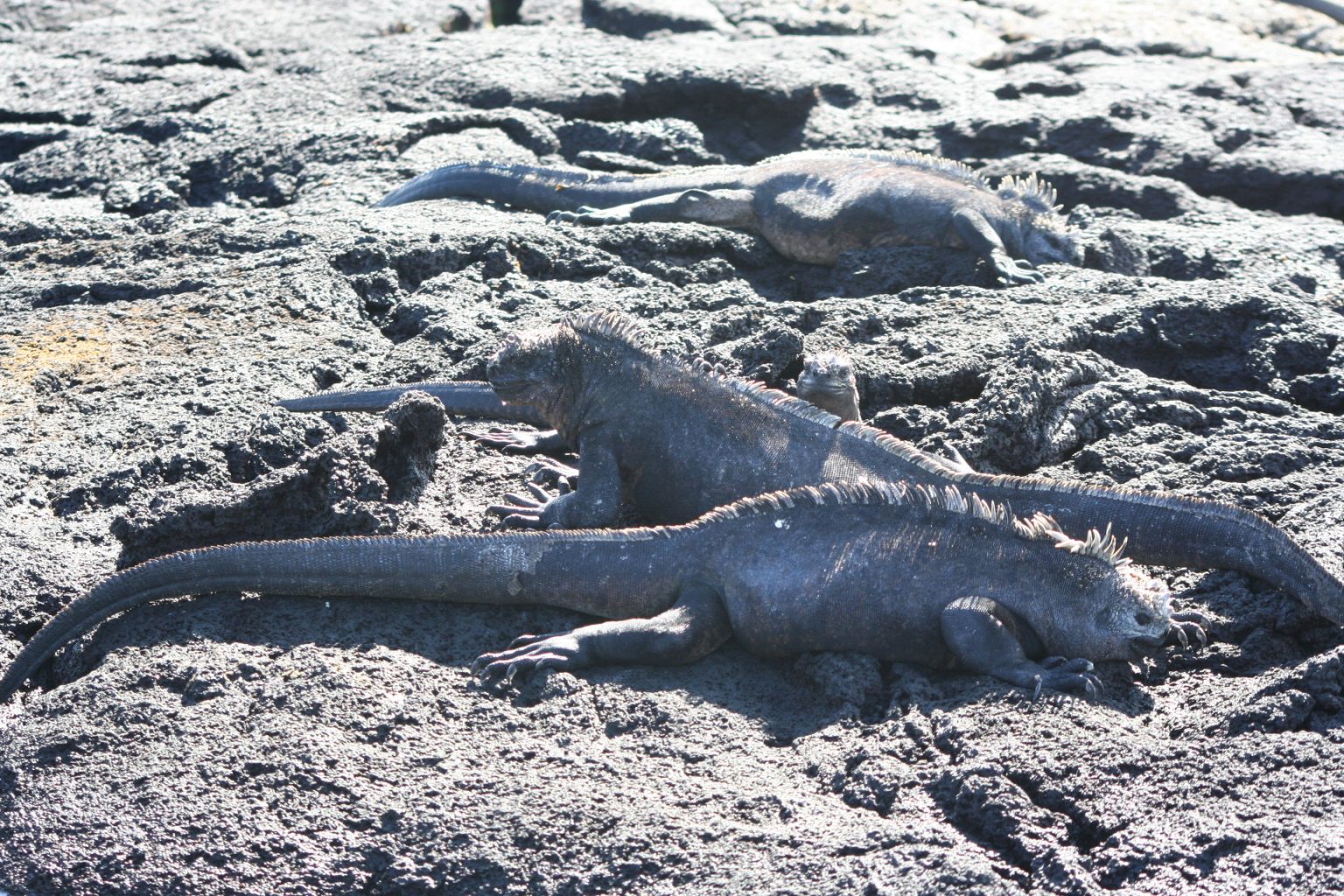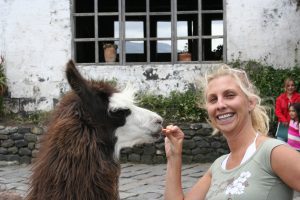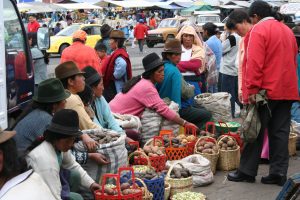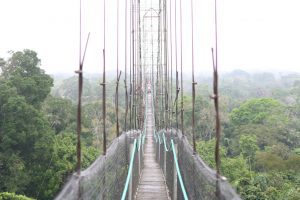🙂 Iguanas everywhere! Sea lion pups. Turtles. Sally lightfoot crabs.
We had a bit of a lie in, so only up at 7.30am! It was a calmer crossing than the previous night. During breakfast we spotted a whale blowing so ran up to deck where we saw it blow again – fantastic!
We started the excursion as a dry landing. It is amazing and the volcanic activity is clear to be seen. Last eruption was less than a year ago in October 1995.
We had to be careful not to step on the hundreds of marine iguanas bathing in the sun!
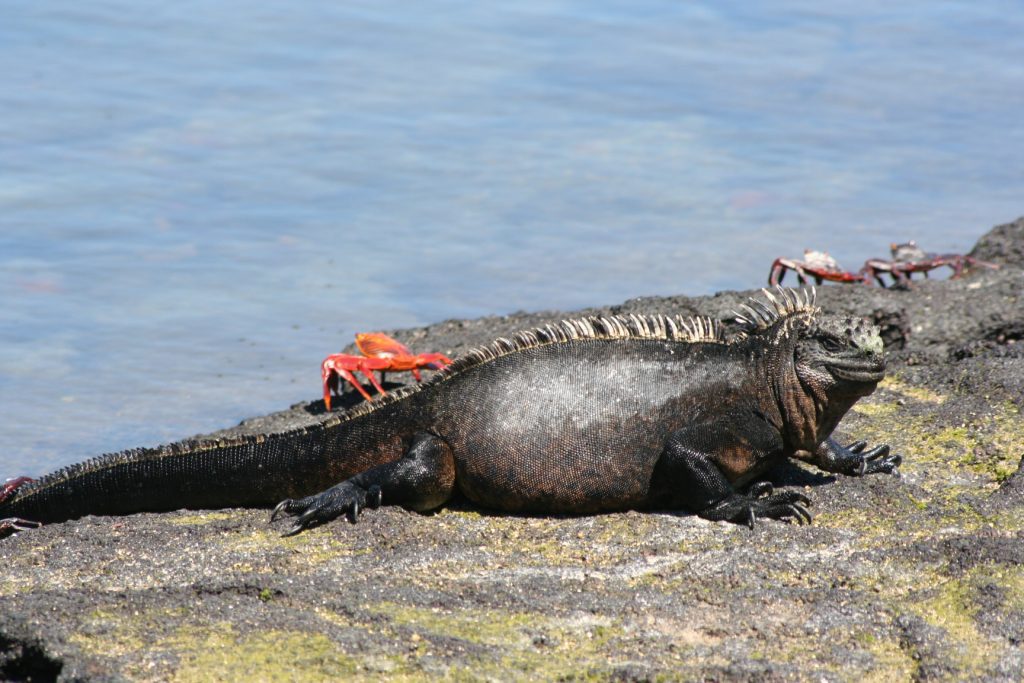
Their claws are long and sharp for clinging to rocks on shore or underwater in heavy currents. They have dark grey colouring to better absorb sunlight after their forays into the frigid Galápagos waters. And they even have special glands that clean their blood of extra salt, which they ingest while feeding.
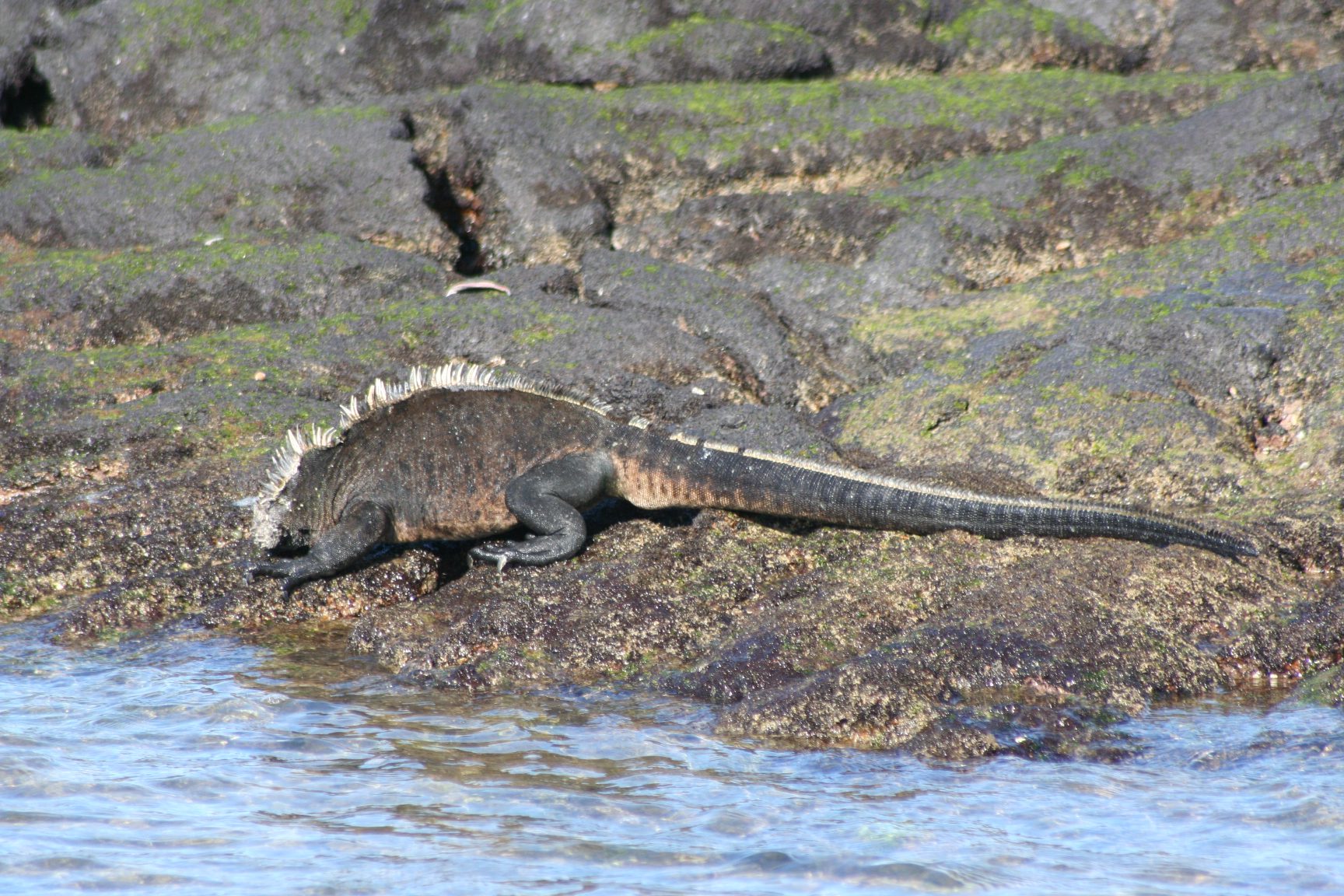
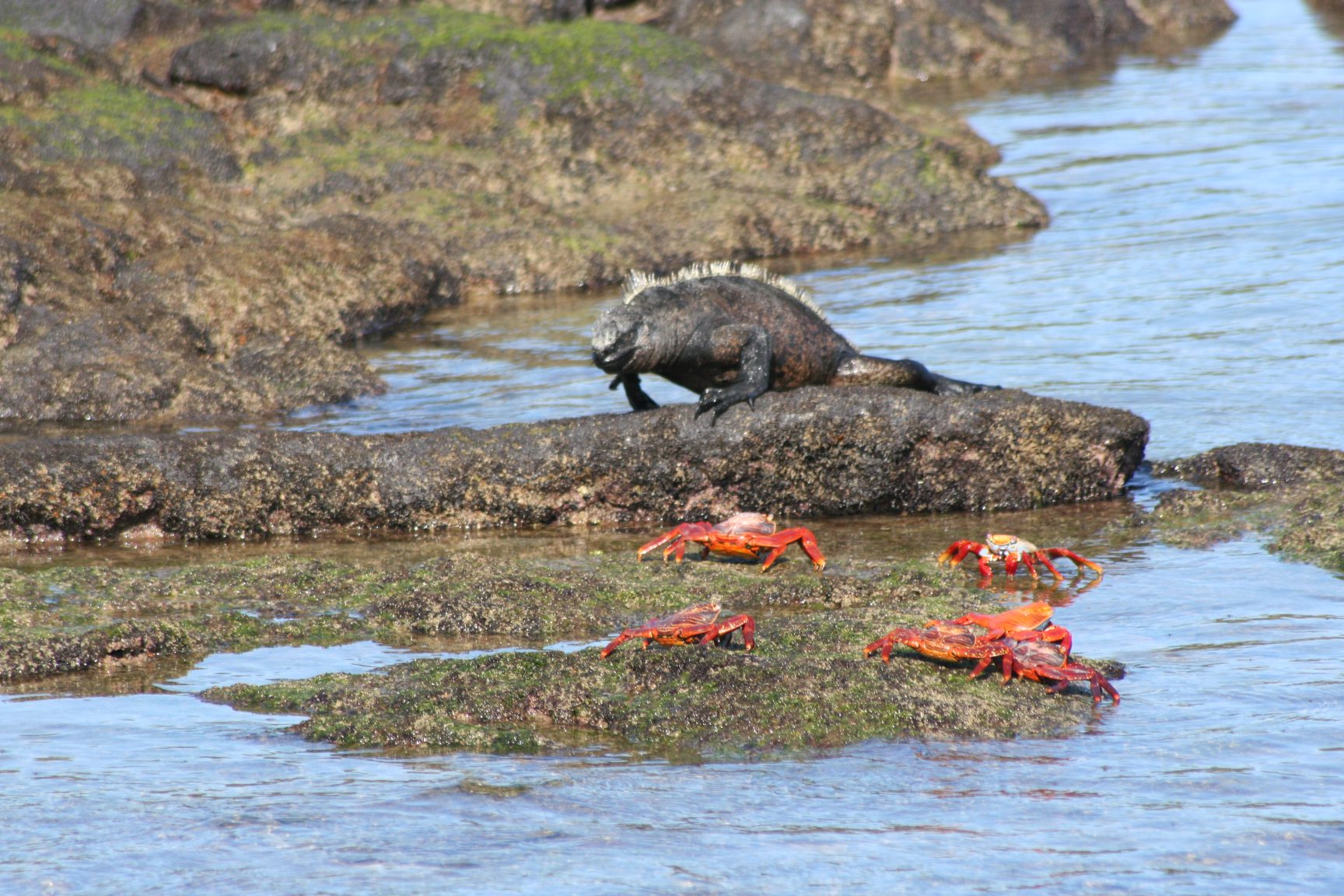
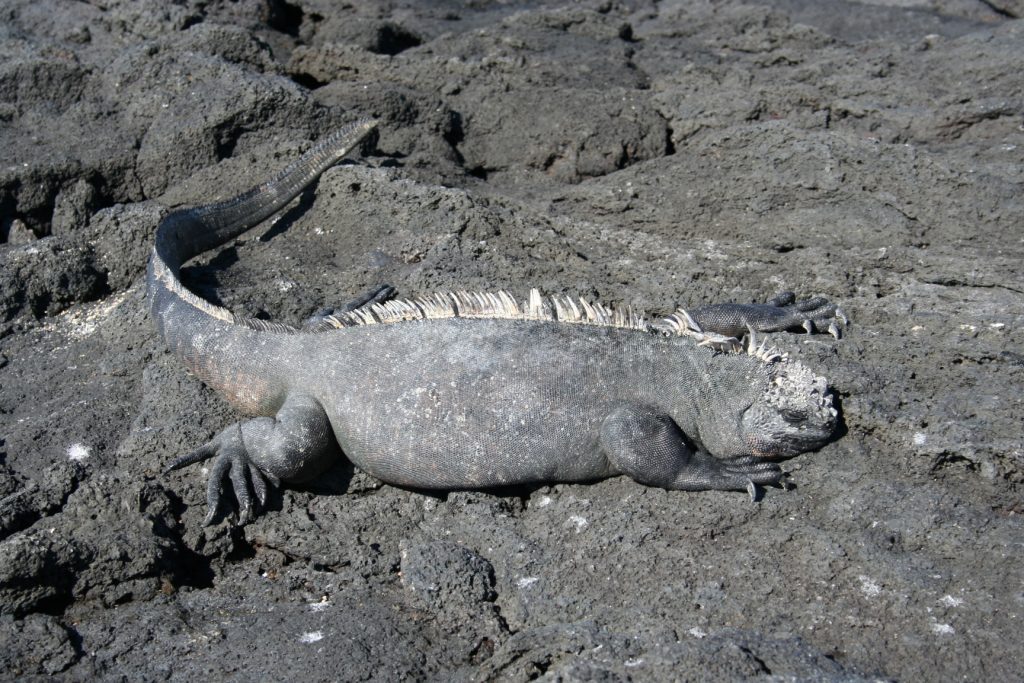
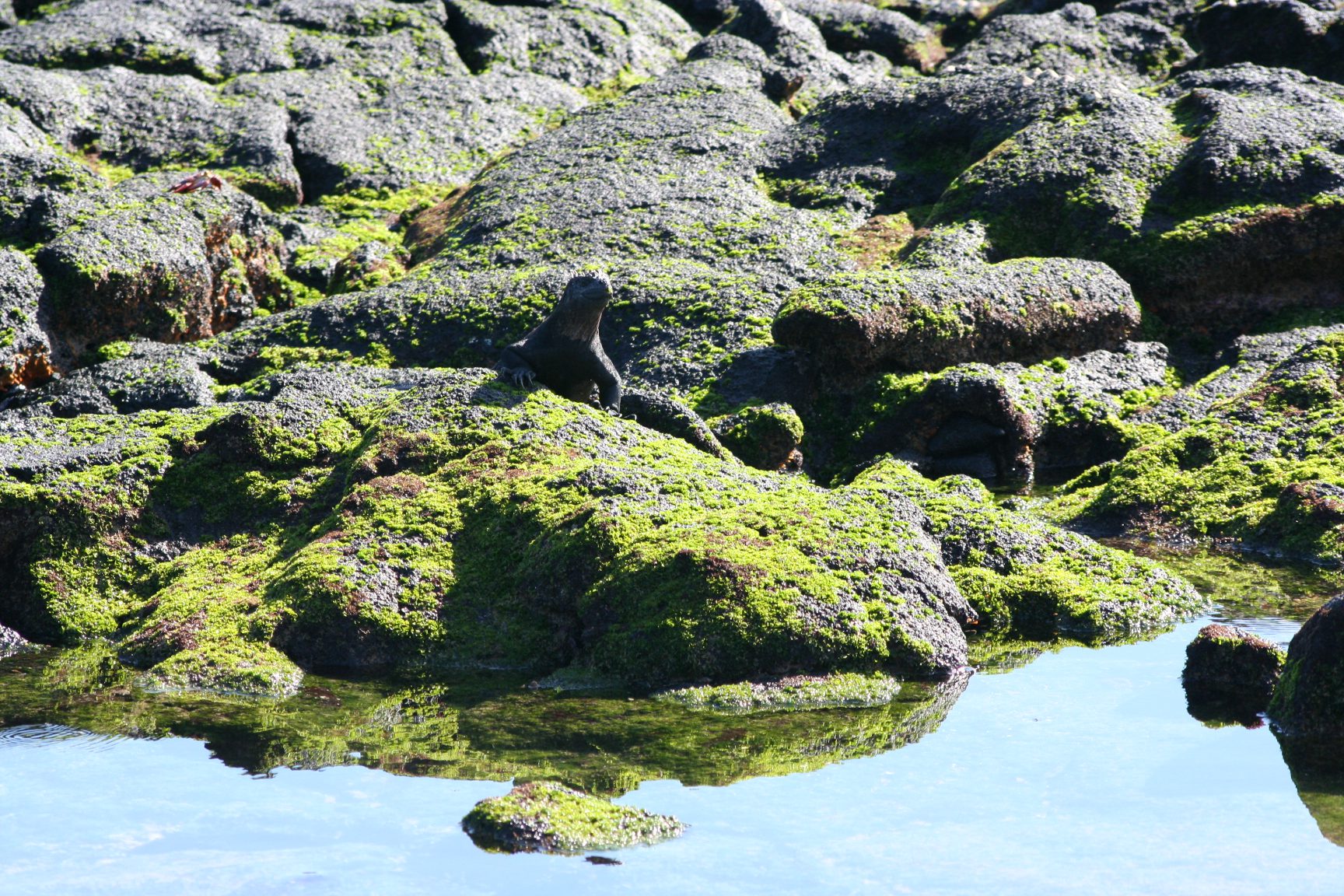
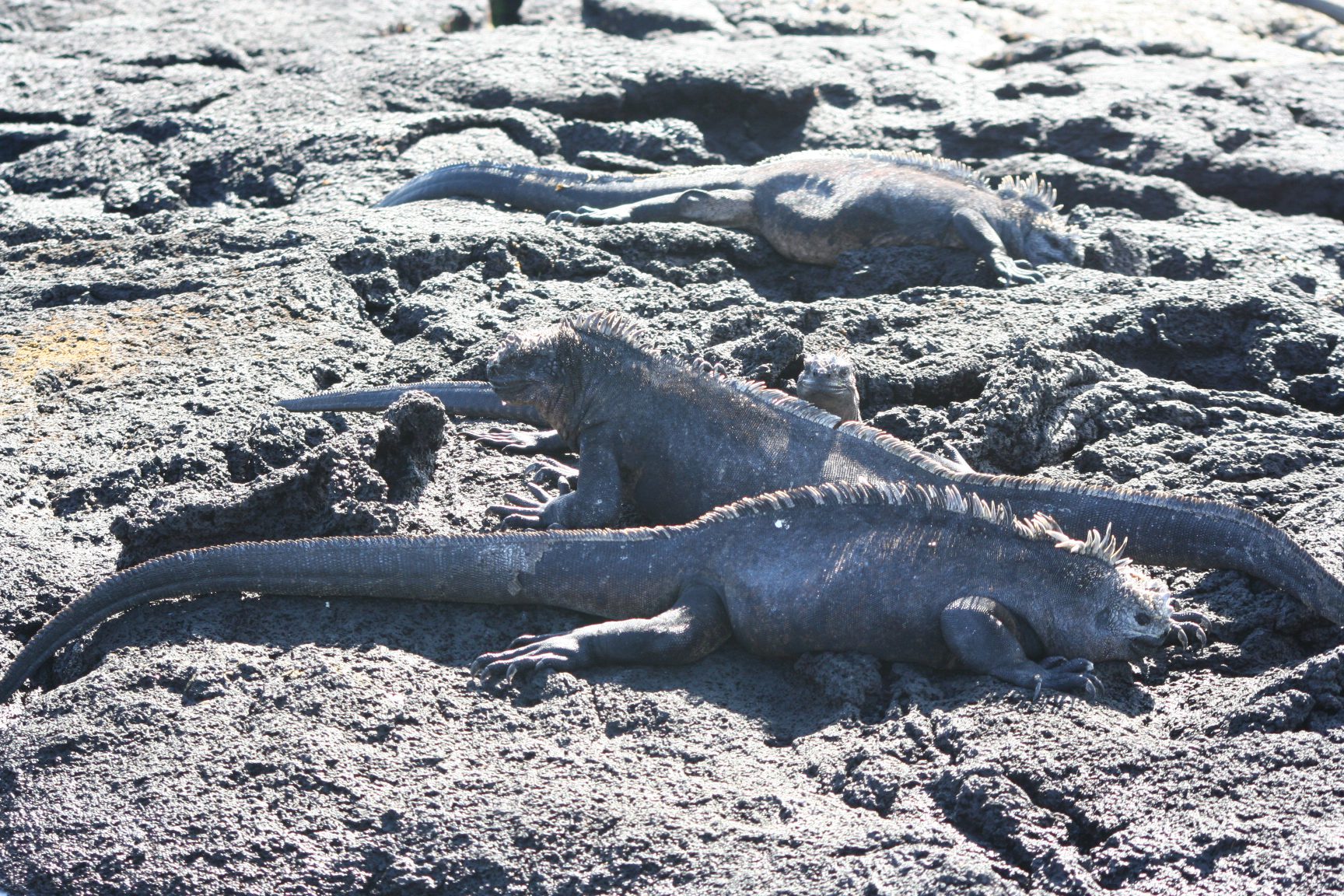
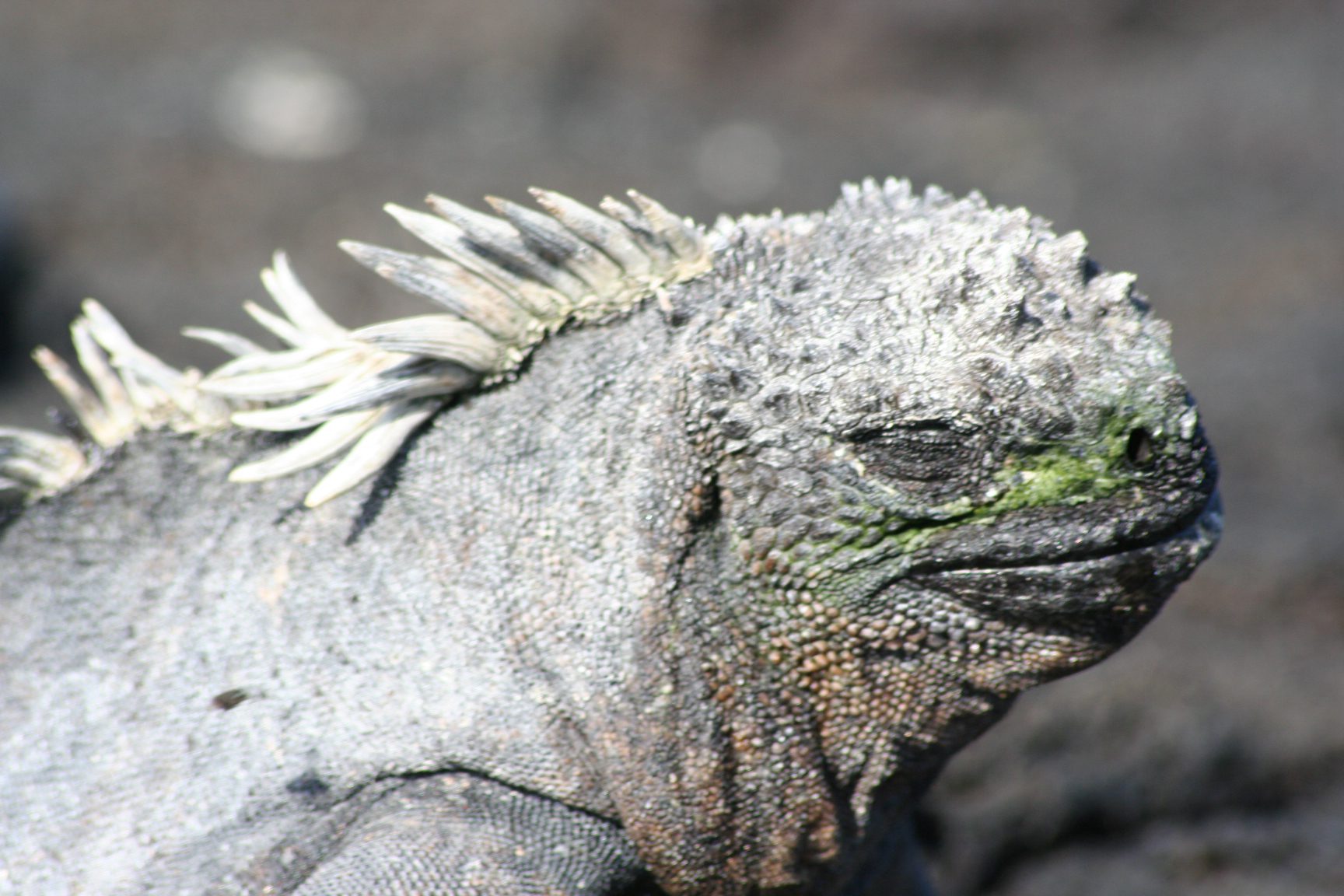
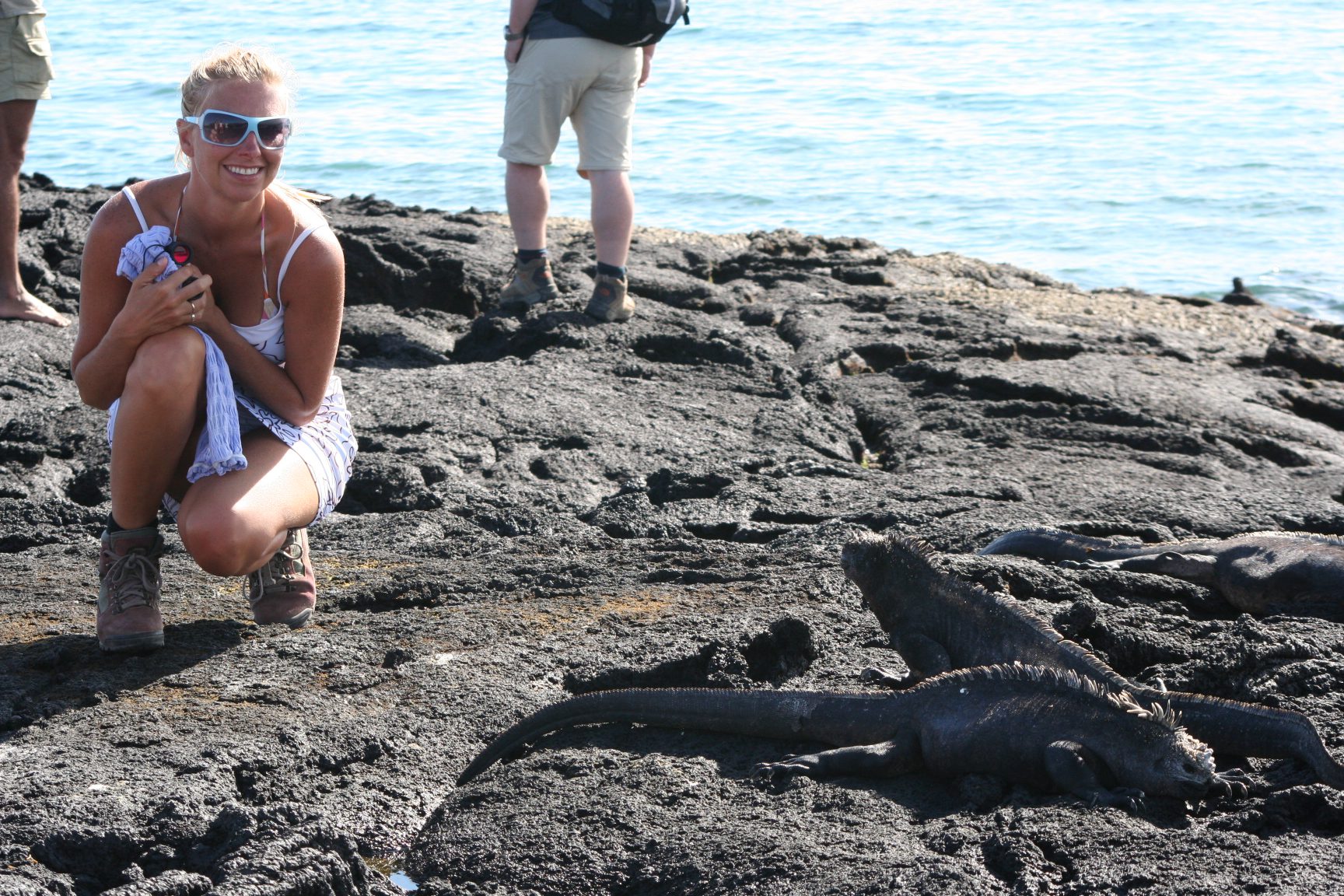
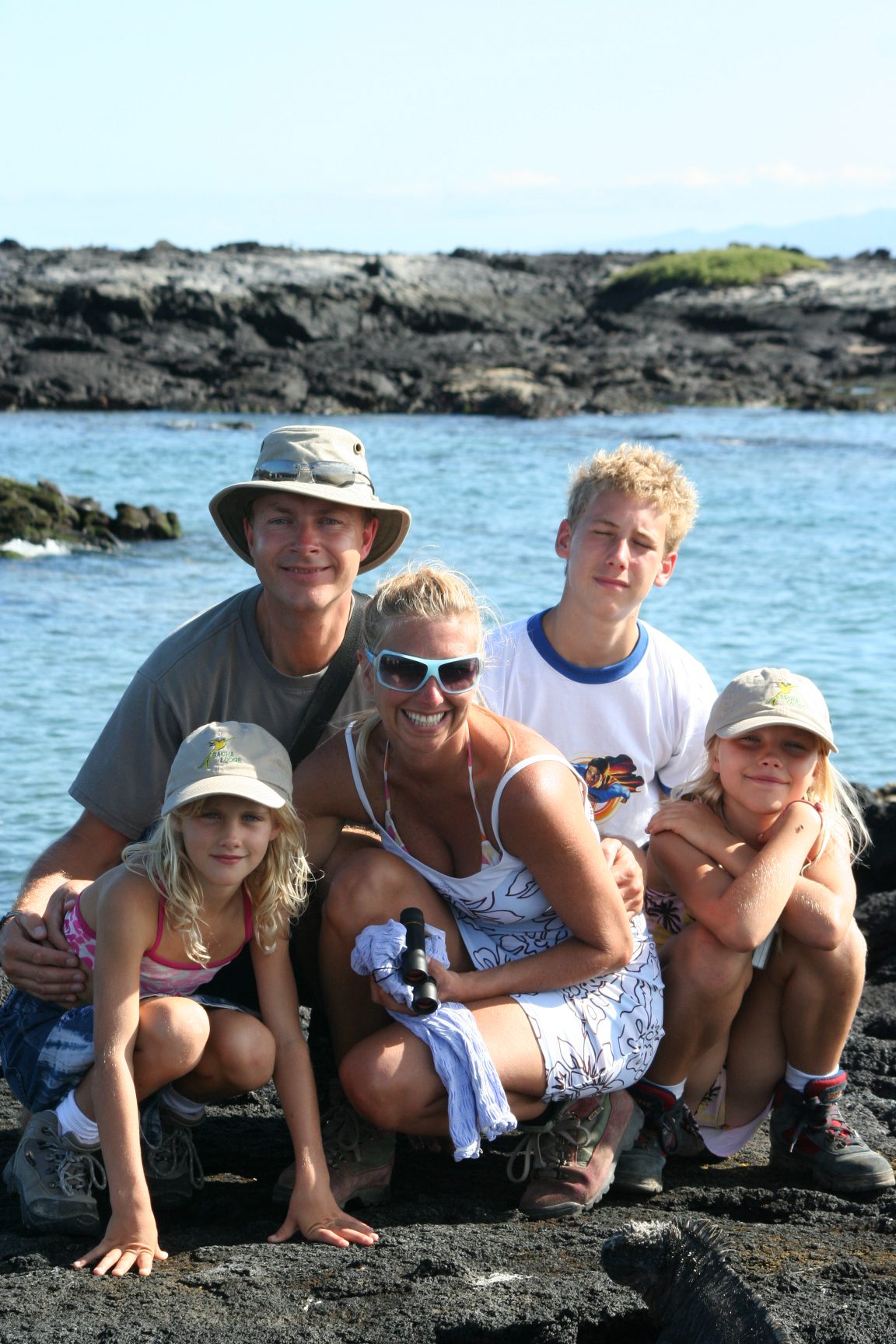
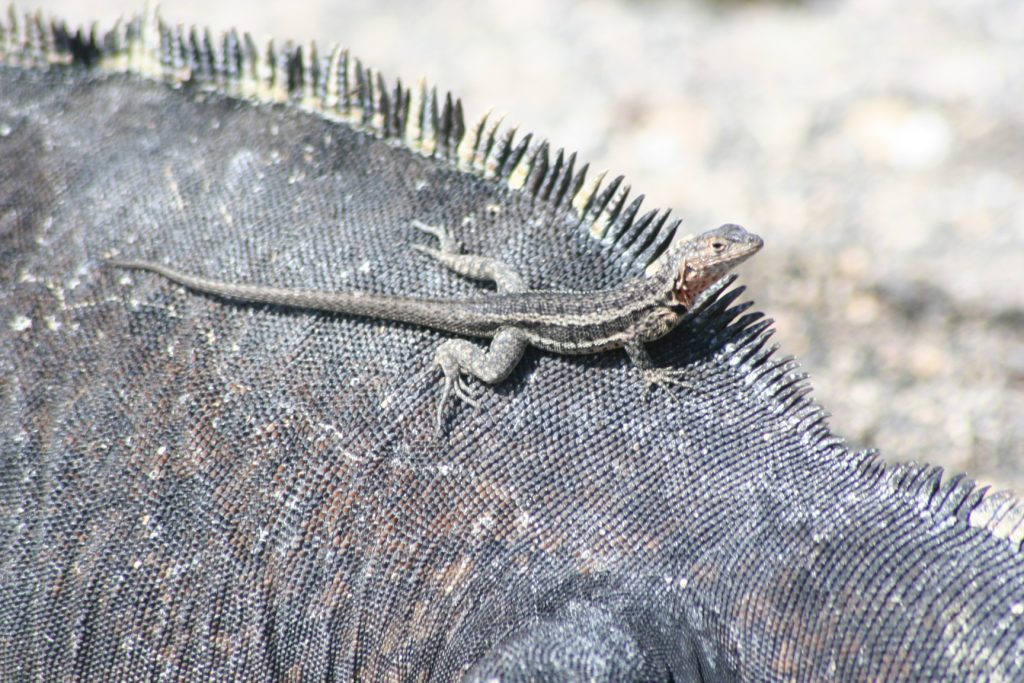
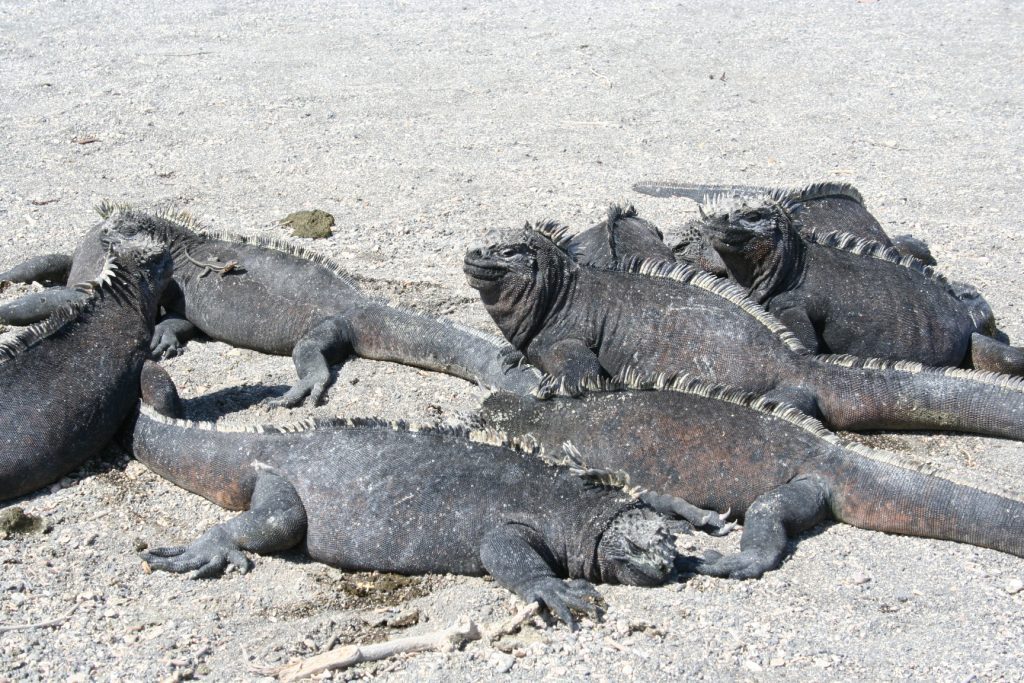
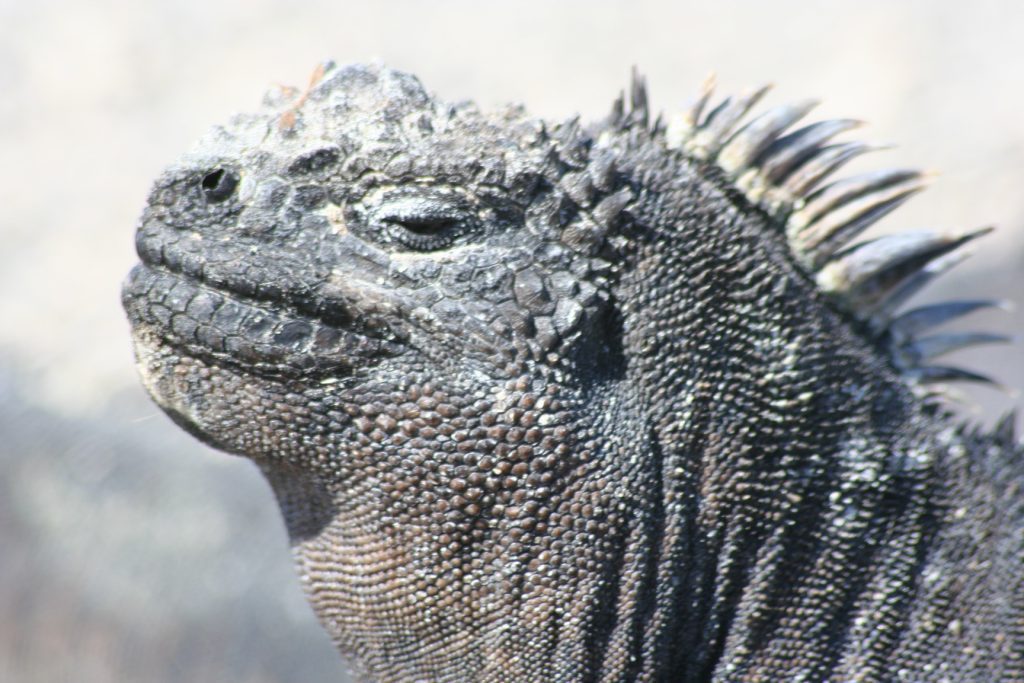
Flightless cormorants courting was amazing to behold. Couples perform a strange and unique courtship dance that involves them intertwining their necks whilst twirling in a tight circle. Once the gambit has been approved the pair move onto land, where they begin to make their nest (out of seaweed and any other pieces of debris they can find) as a team and not all that far from the shoreline. It’s not uncommon to see the male bring little “gifts” to the female that are then added to the seaweed nest. These gifts can range anywhere from bottle caps to pieces of driftwood. They are an endemic species whose only homes in the entire world are Fernandina and the western coast of Isabela. Their vestigial wings are but a visual echo of what once served a more airborne purpose.
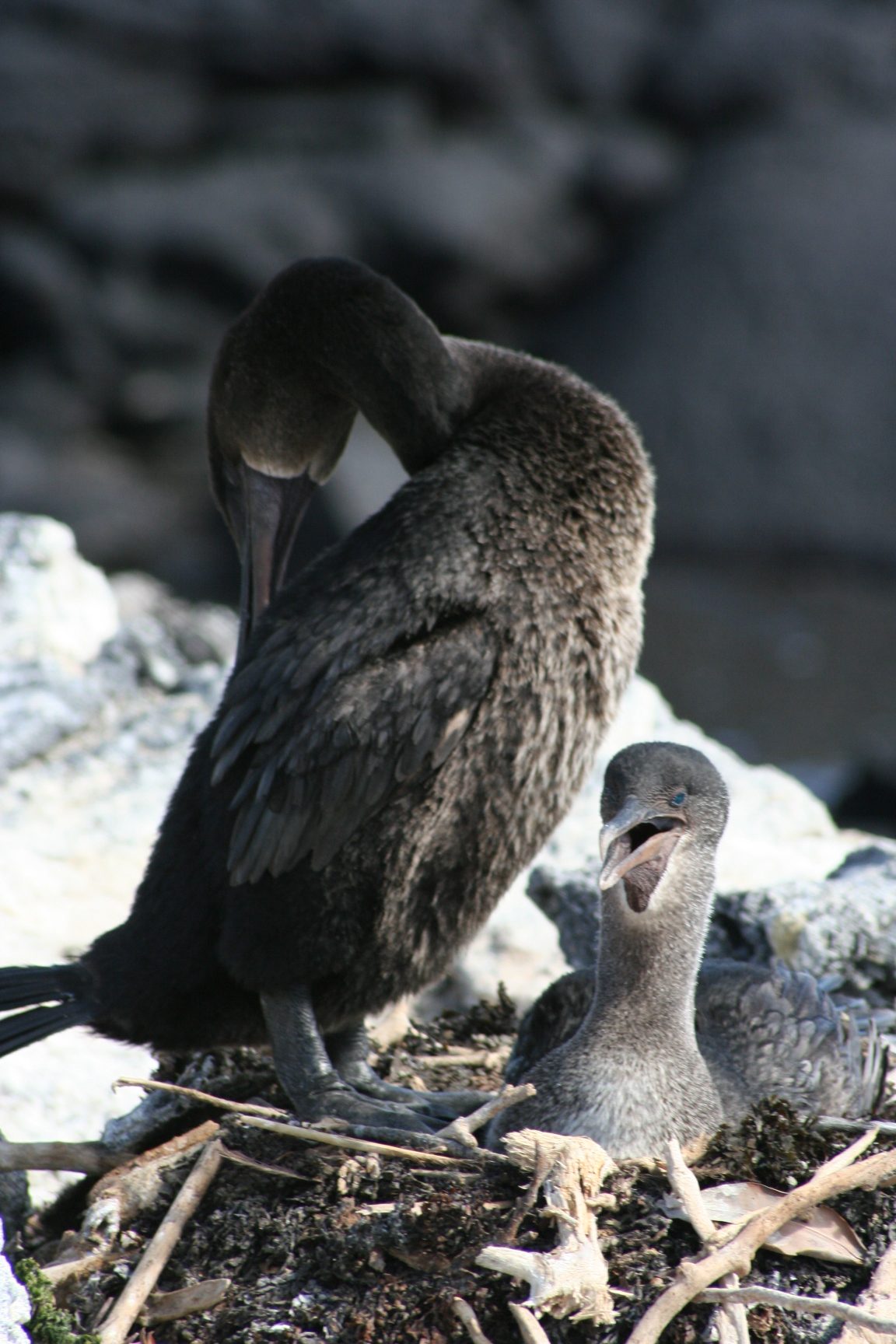
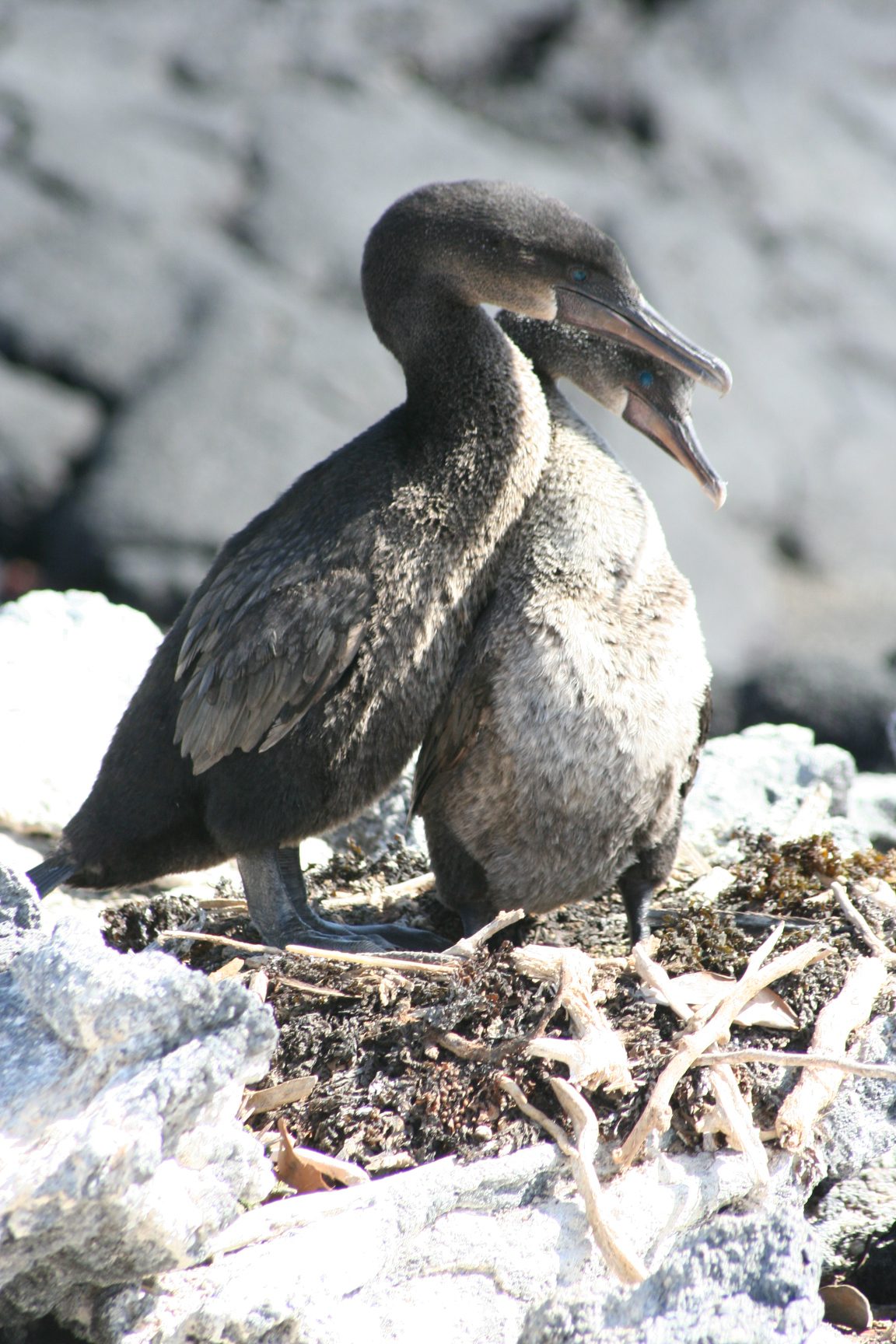
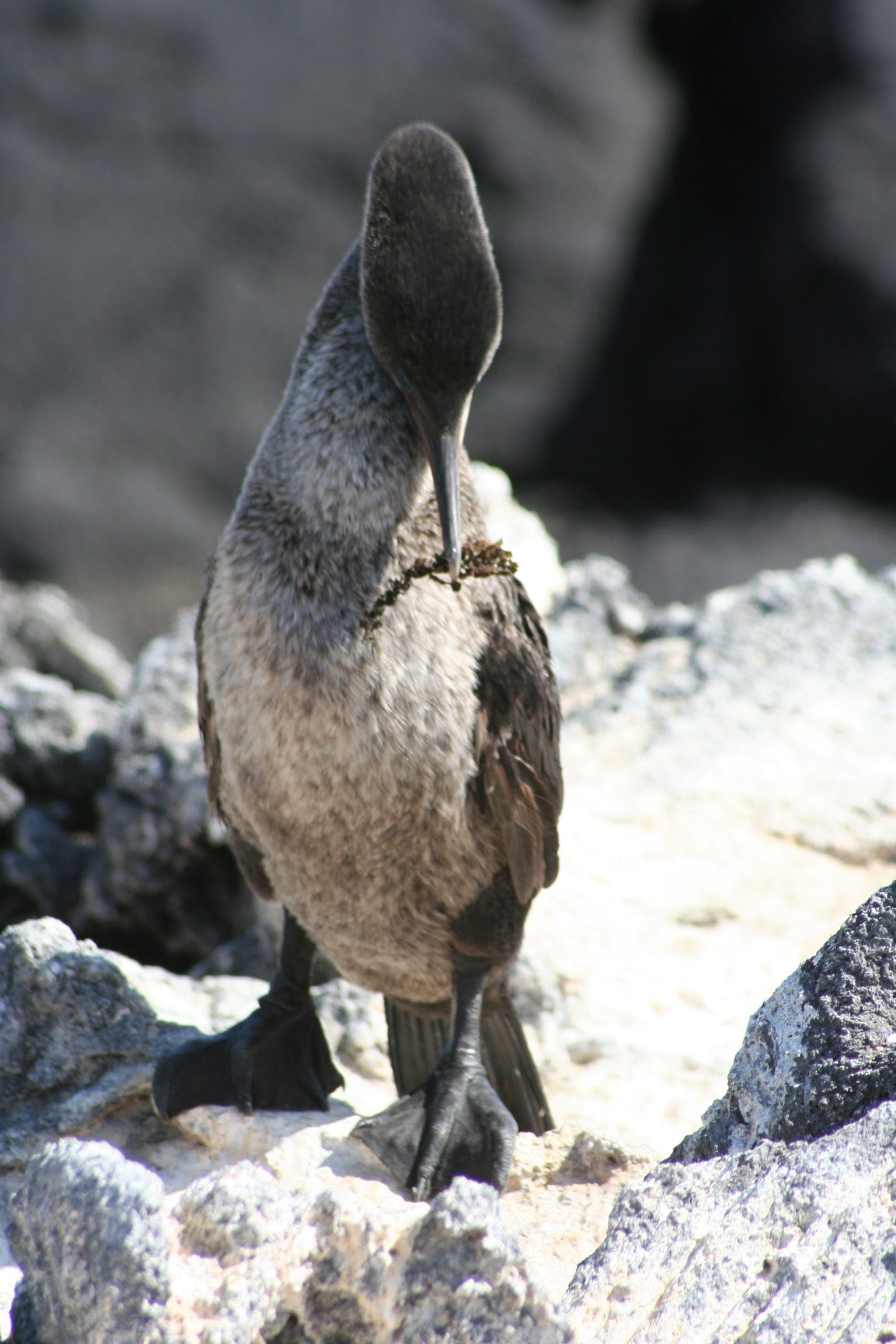

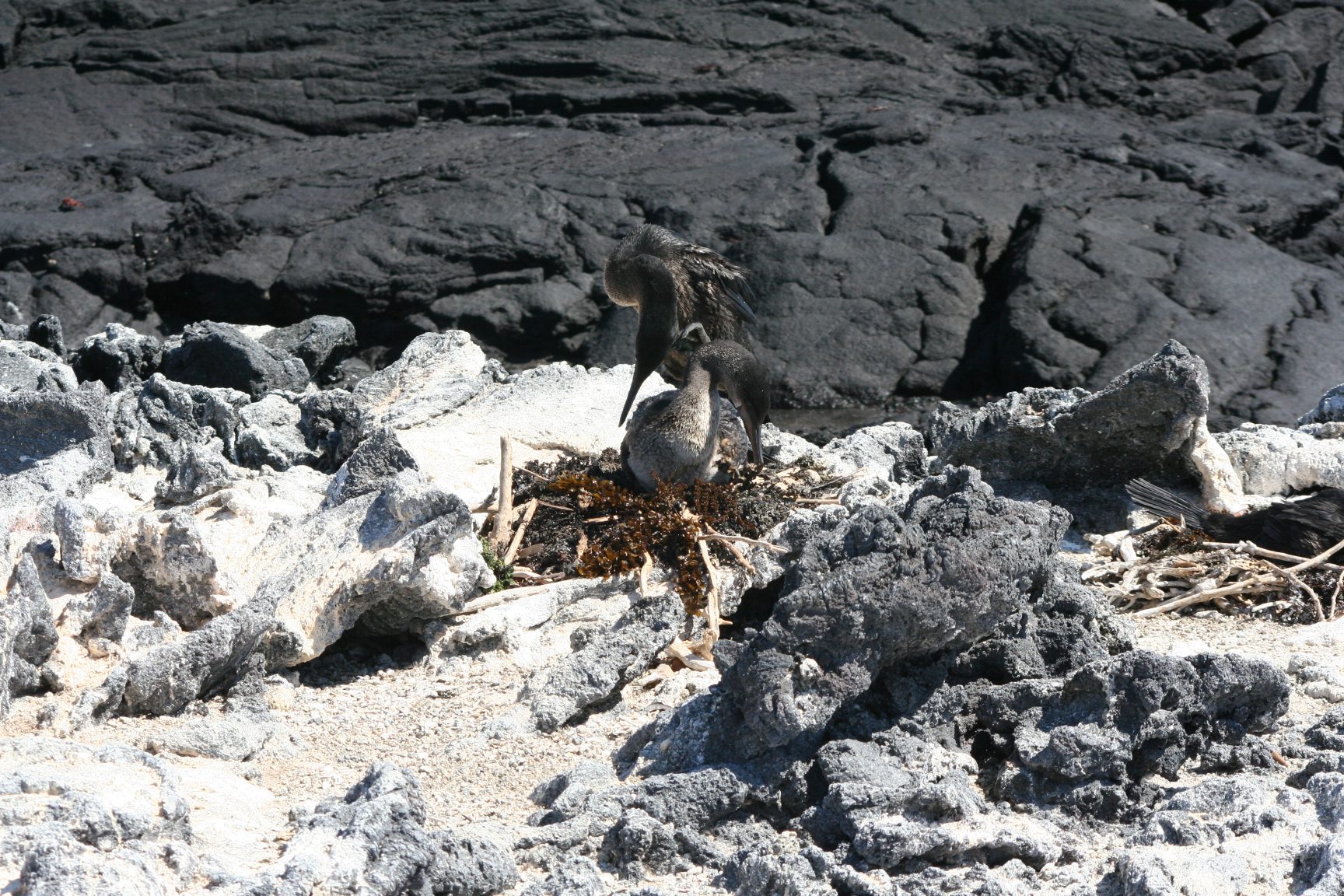
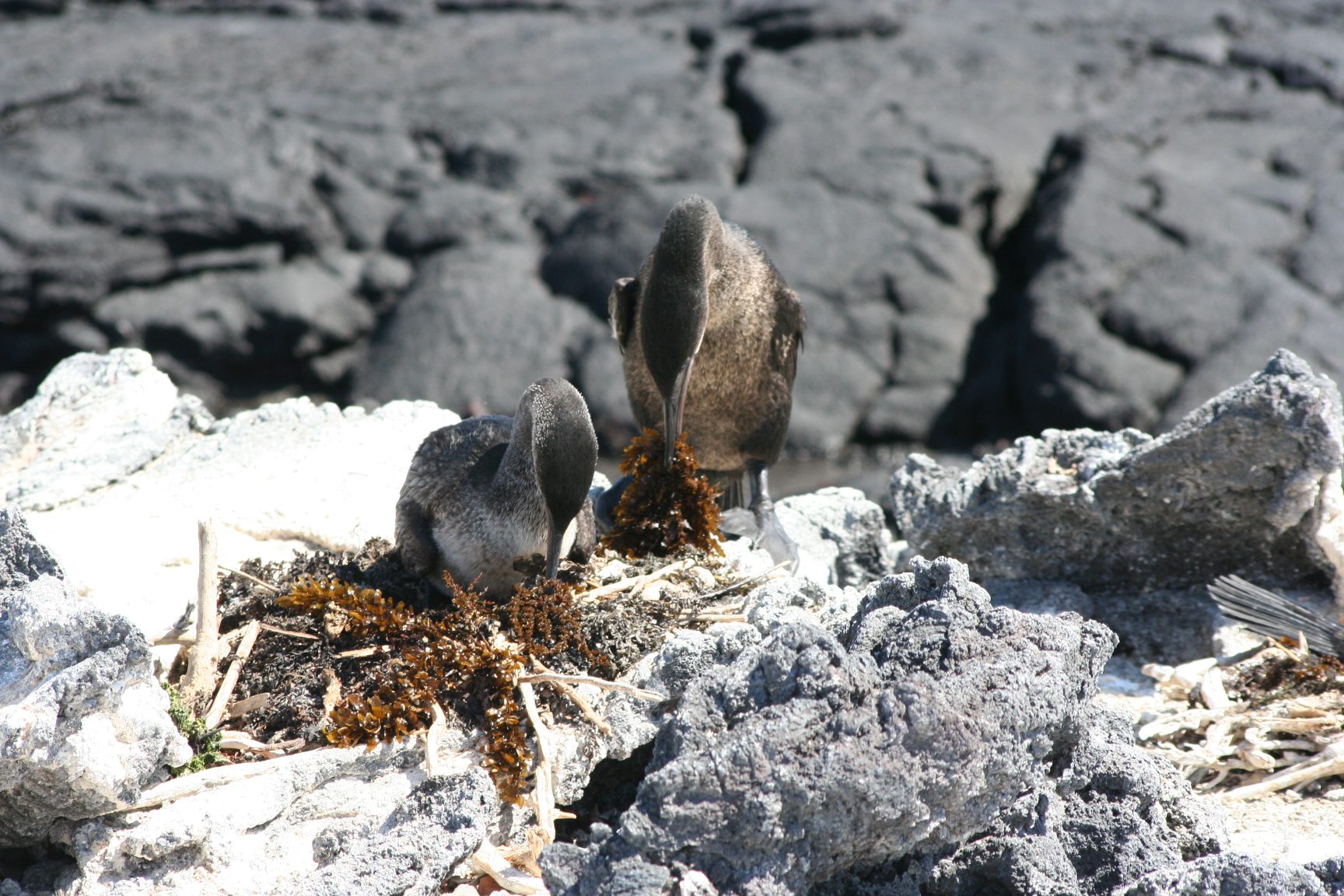
There were also a few sea lions pups less than a week old – too cute with their big brown eyes. Their plaintive cries were so sweet!
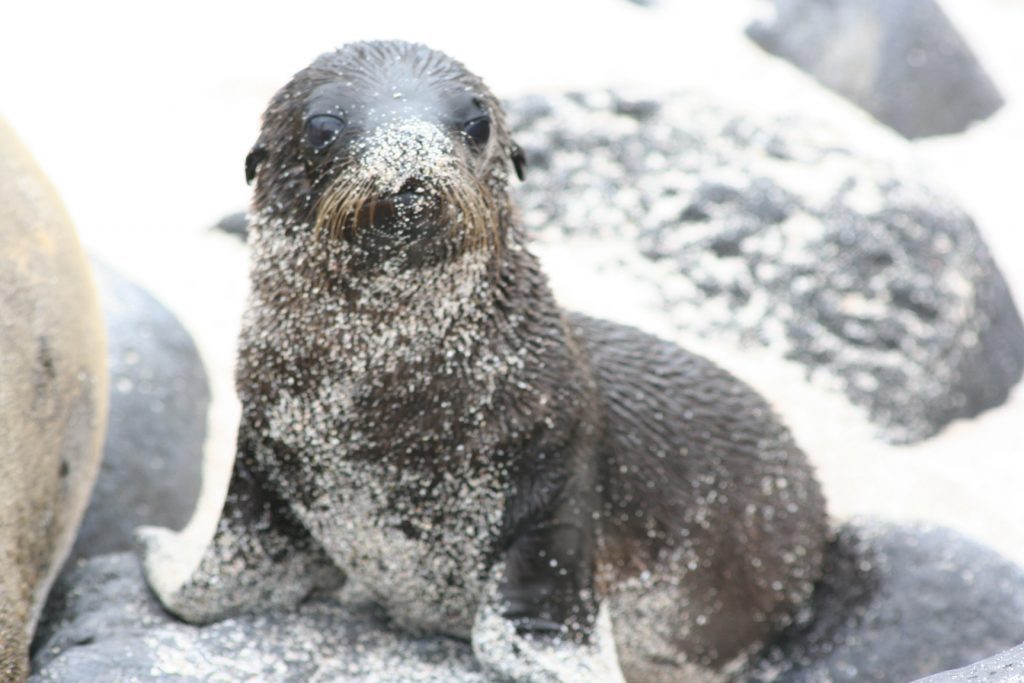
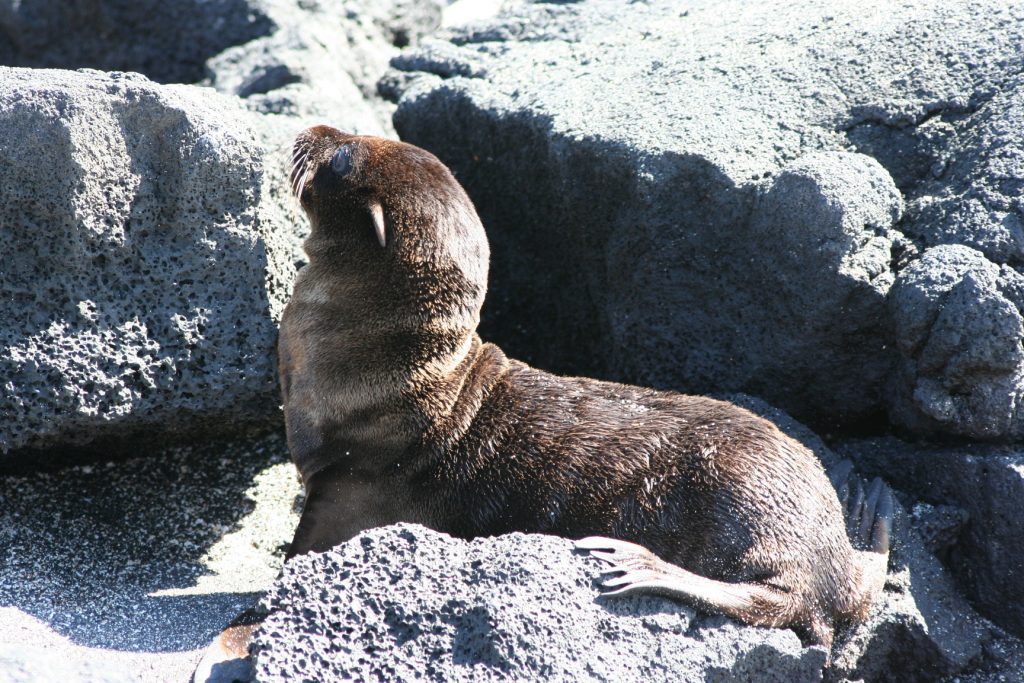
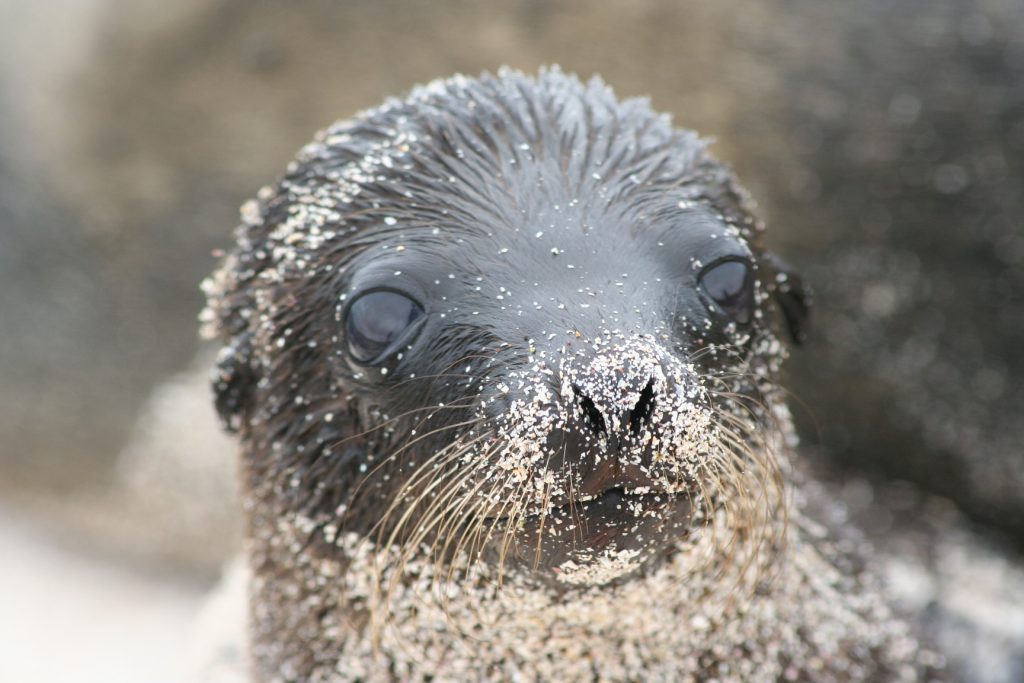
In the mangroves we saw several marble rays and green turtles.
The lava flows were particularly impressive with loads of lava lizards lounging around.
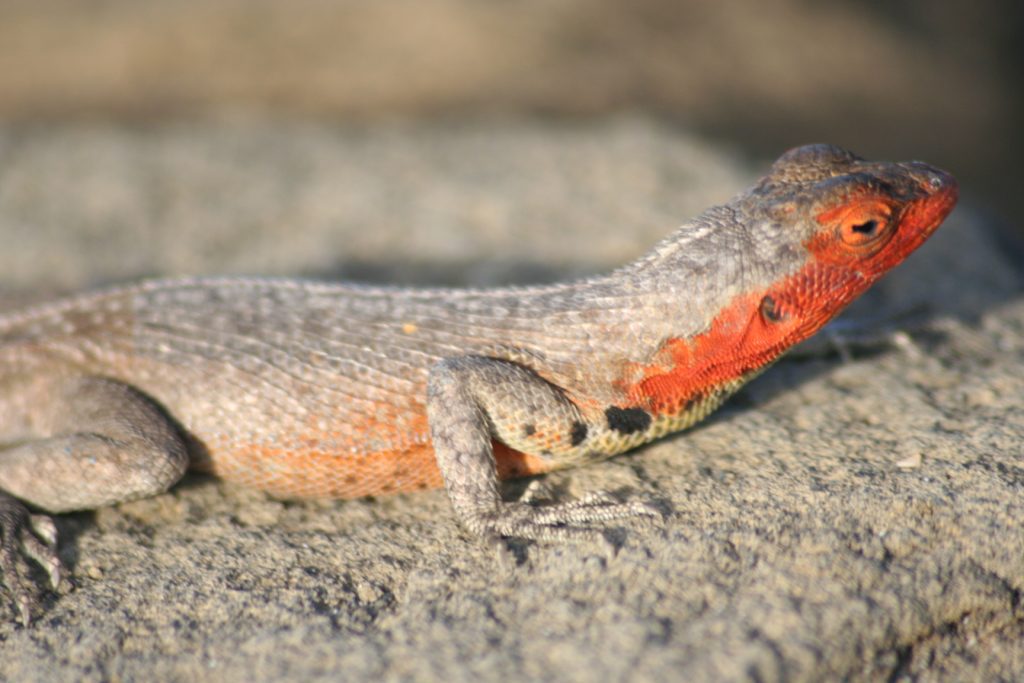
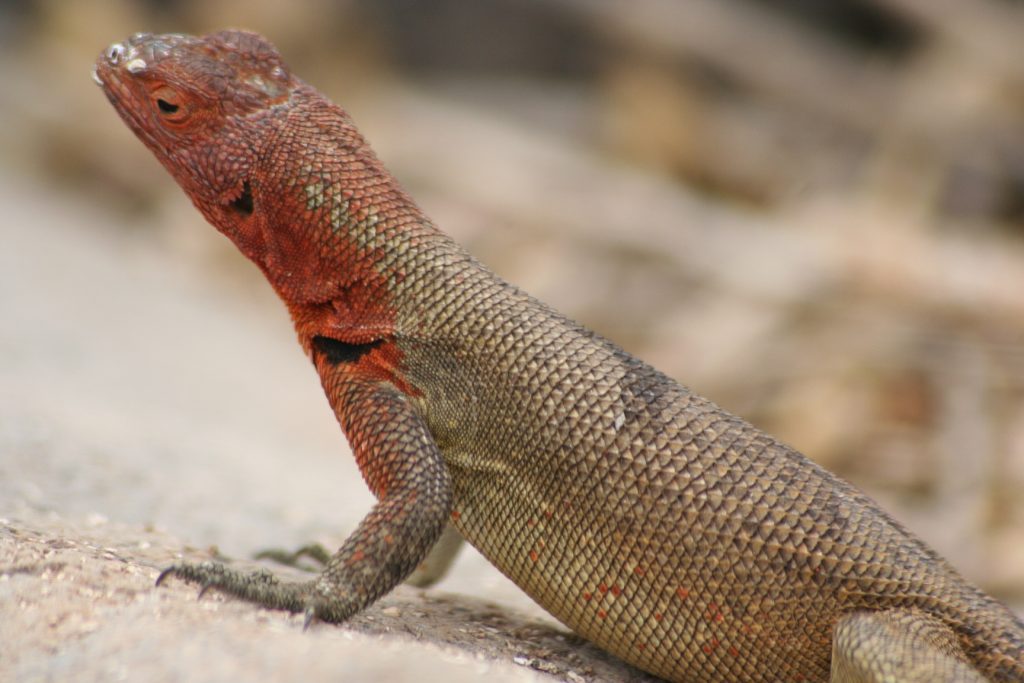
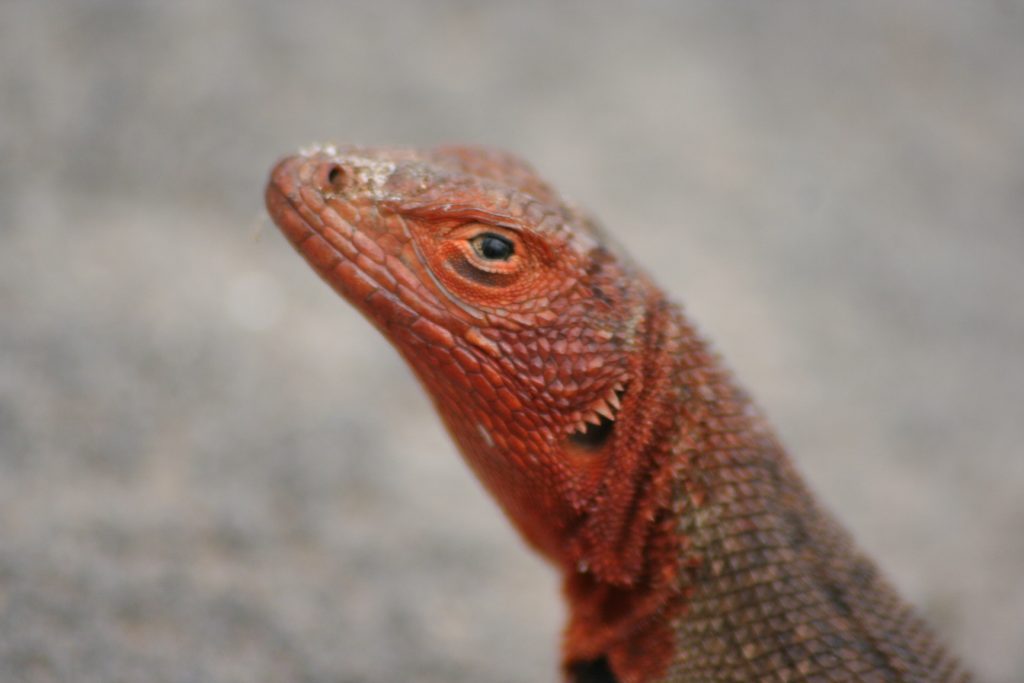
Spectacular landscape with whale bones thrown in for good measure!
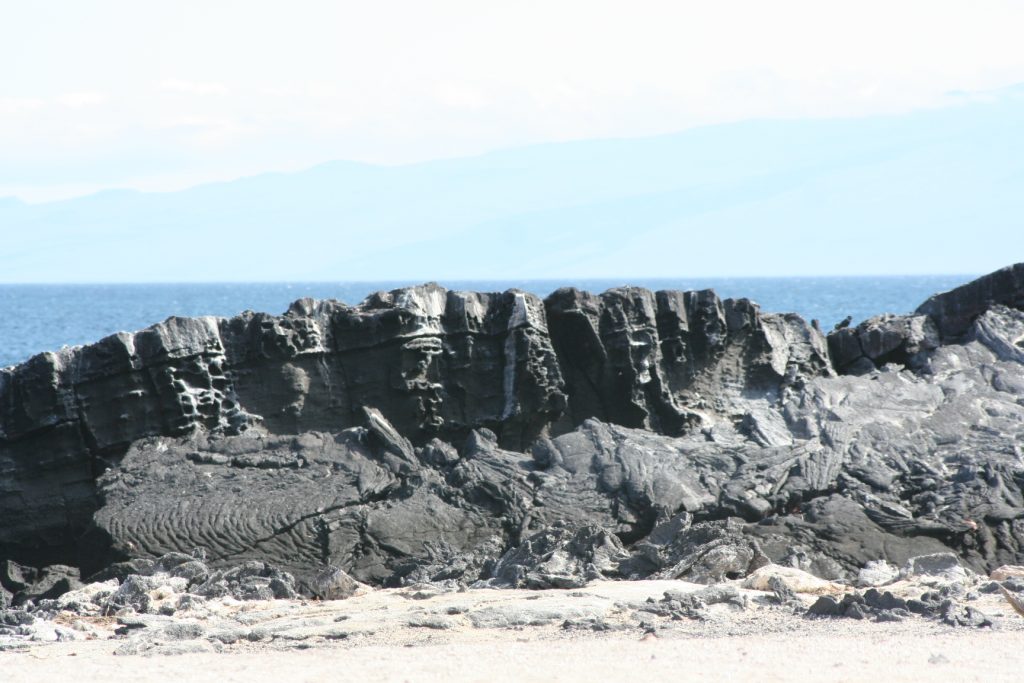
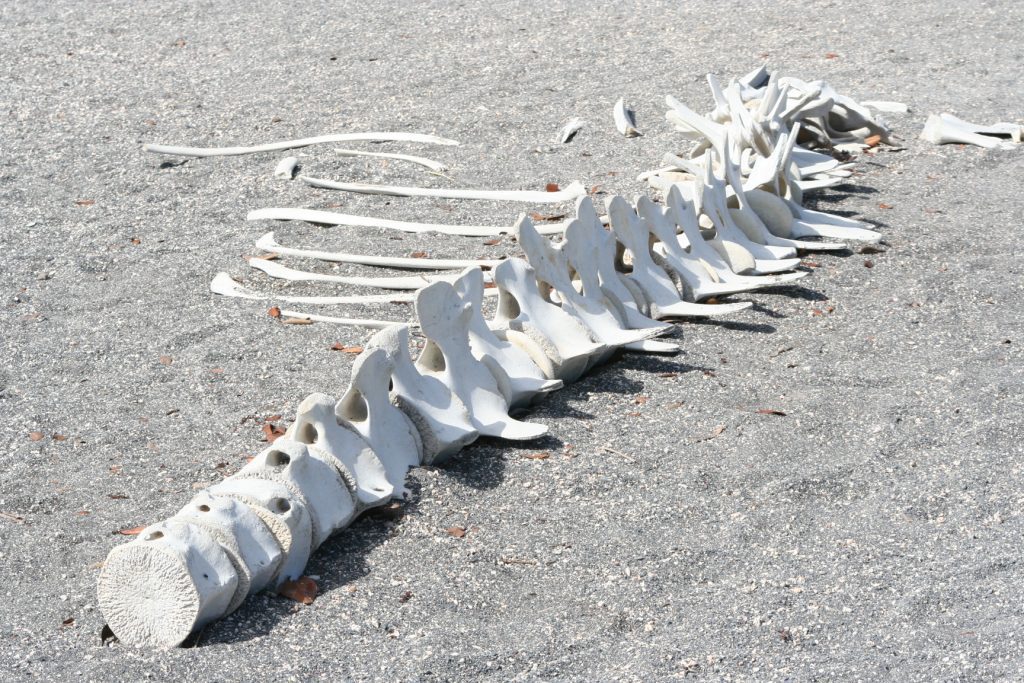
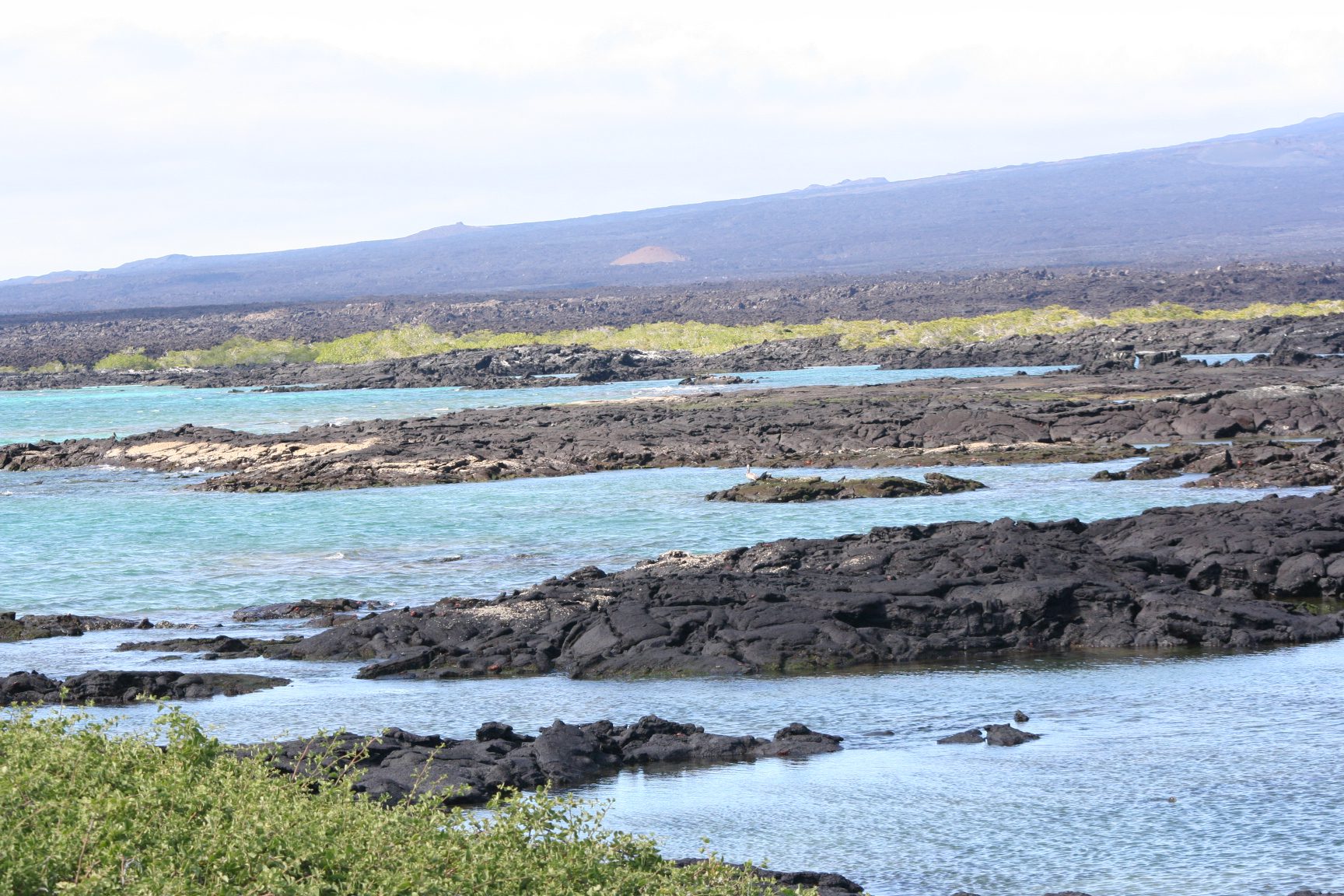
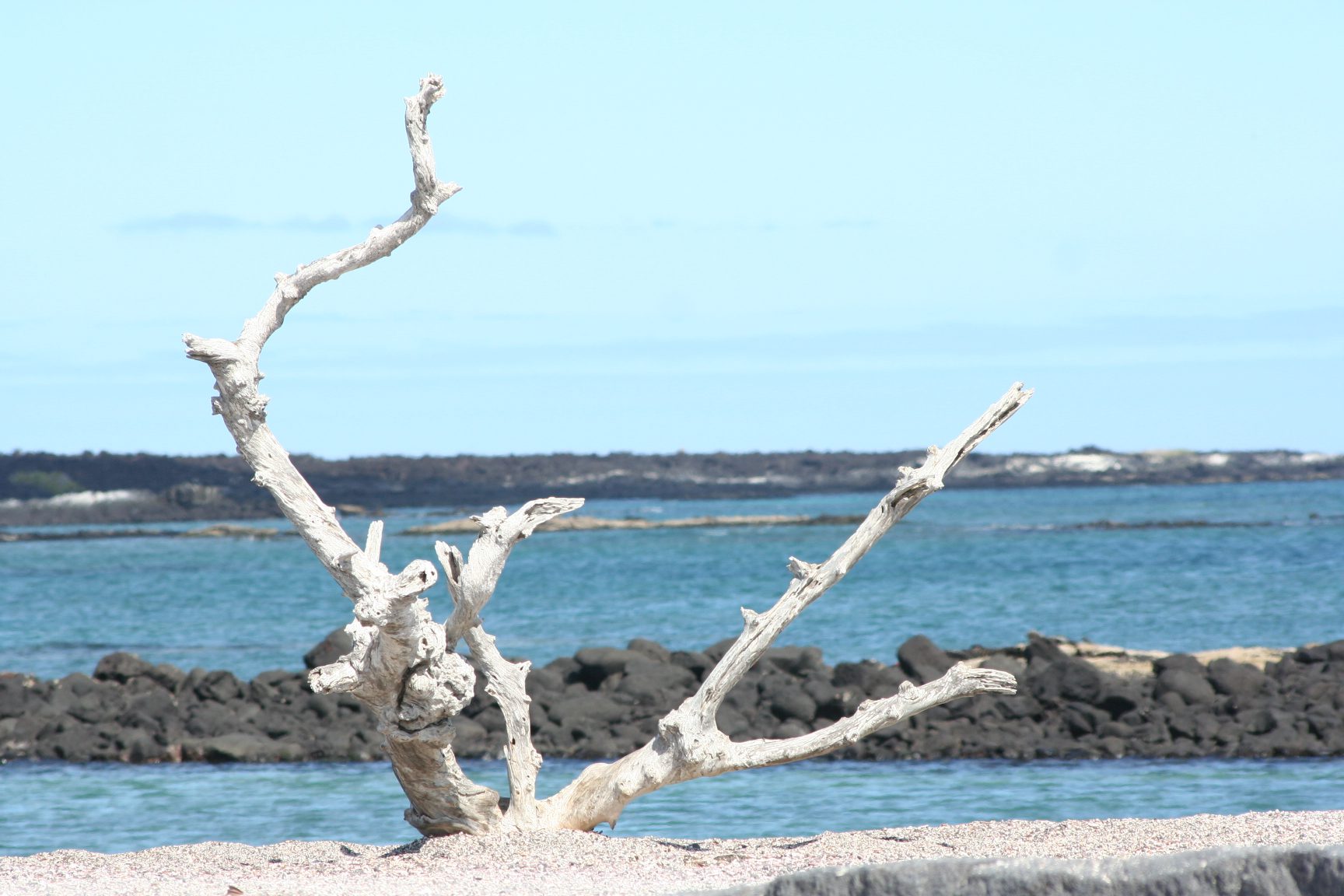
After the land excursion we went for a snorkel. The water was absolutely freezing! It was great to see another perspective of the marine iguanas feeding under the water. Also a big green turtle.
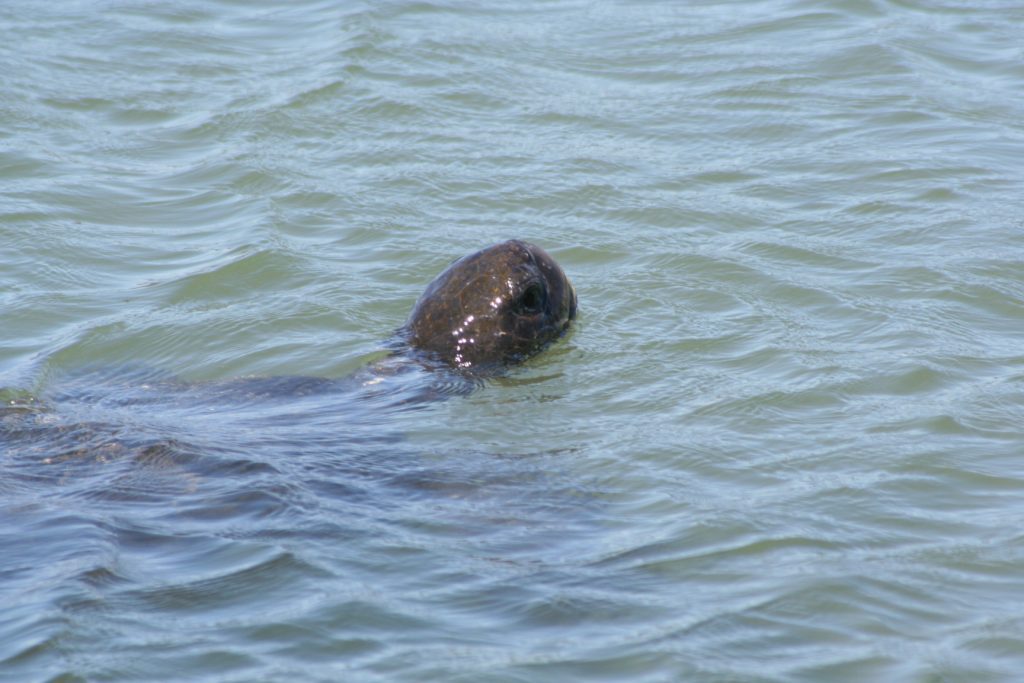
Sea lions swam right up to our faces before darting off at the last second – quite intimidating! We saw a bull shark!
Lunch was the best so far – great Savitsa – cold soup with fat prawns, tomatoes, onion, green pepper and coriander – YUM!
The lava cactus was very interesting to see.
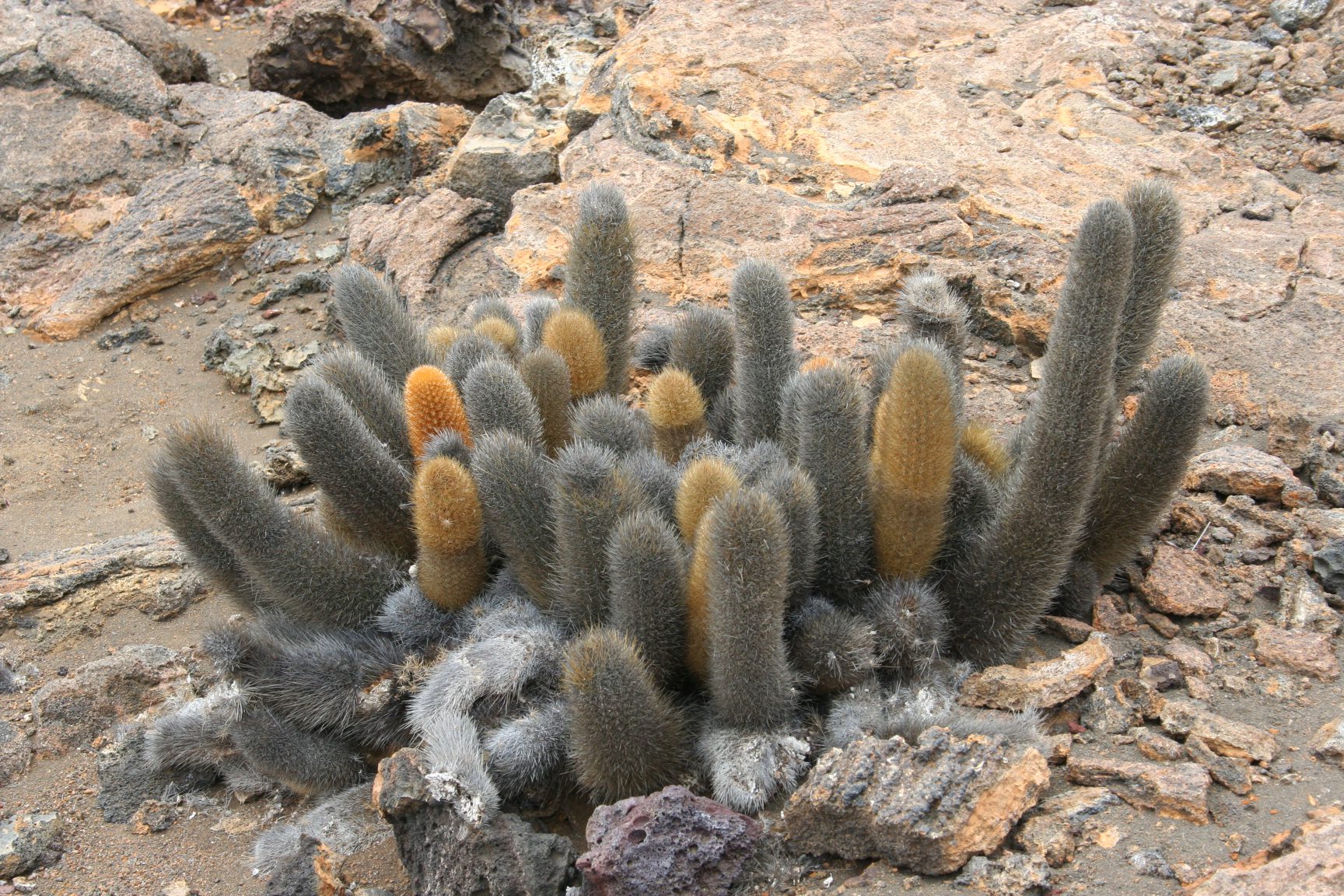
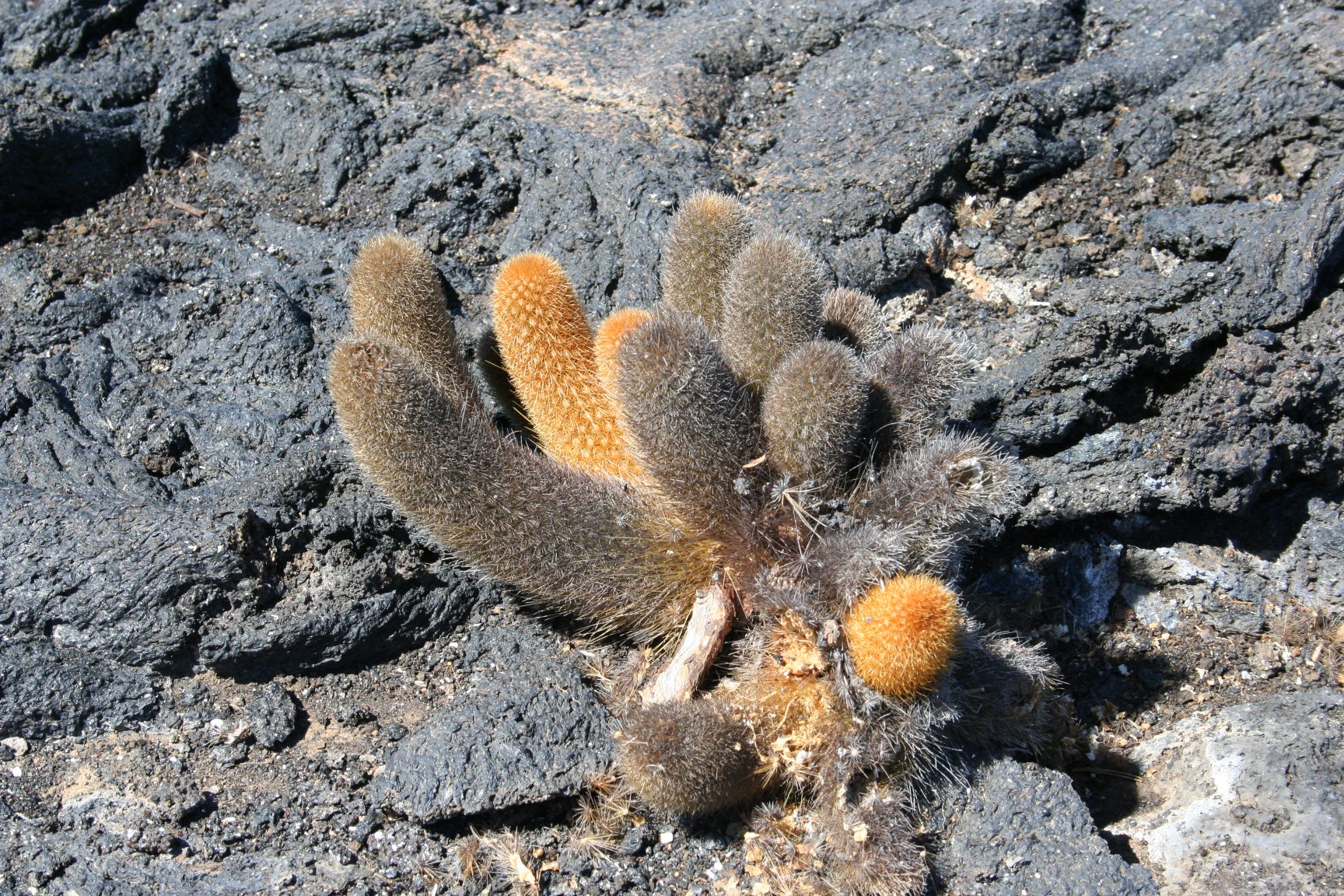
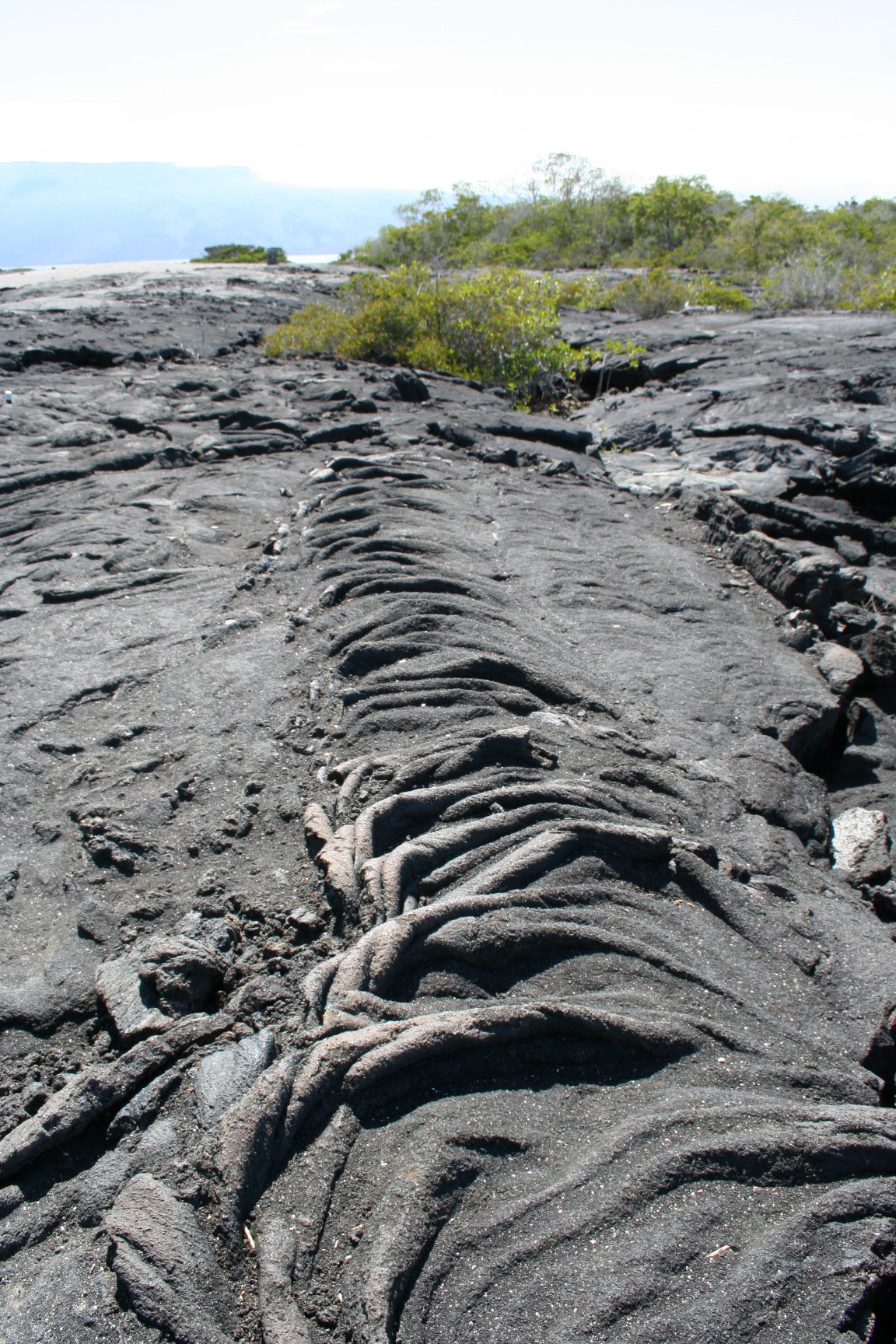
Go Back to: Galapagos
Go Back to: Santa Cruz & North Seymour
Go To: Isabela

